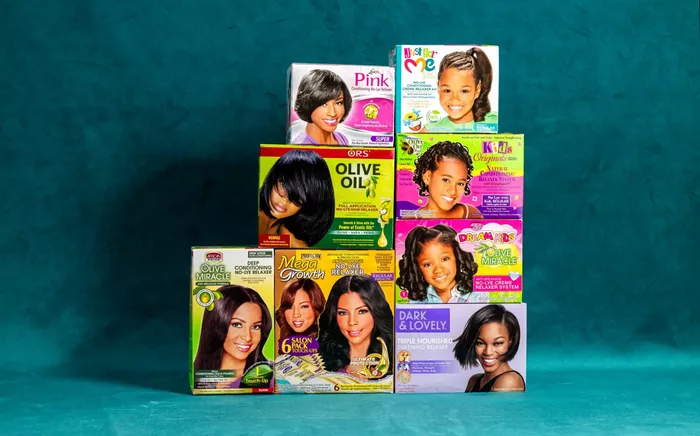Straightened hair has long been the societal beauty standard for Black women, from the working class to high-profile roles in government and corporate America. Even Michelle Obama mentioned in 2022 that she felt compelled to straighten her hair while serving as first lady. “Nope,” she said. “They’re not ready for it.” While hair can be straightened with heat, 89 percent of Black women have used chemical relaxers, often starting in childhood, as they are easier and more affordable.
However, emerging research shows a link between these relaxers, which are marketed directly to Black women and girls, and various health disorders.
Evidence Links Relaxers to Health Issues
For decades, scientists have been trying to understand why Black girls experience early puberty—developing breasts and pubic hair—more than twice as often as white girls and earlier than girls of other ethnicities. Early puberty and menstruation are linked to reproductive-health disorders. Many hormone-related health issues, such as an aggressive form of breast cancer, are more common in Black women, who have a 28 percent higher death rate from the disease compared to white women.
Chemical relaxers contain ingredients that disrupt the endocrine system. Burns and abrasions from applying these products to the scalp allow these chemicals to enter the body easily. Recent research shows that frequent use of relaxers is linked to higher risks of breast and uterine cancer.
Underregulation of Relaxers
Chemical relaxers are widely available in beauty-supply stores and drugstores in Black communities. They are marketed with bright packaging and images of little girls with straight hair. However, labeling is unreliable: a 2018 report found many endocrine-disrupting chemicals in hair products used by Black women, most of which were not listed on the packaging.
Relaxers are sold similarly in Europe and the U.S., but with different active ingredients. The European Union regulates over 1,300 substances in cosmetics, whereas the FDA restricts only nine. Hair relaxers for children in the U.S. have been found to contain high levels of five chemicals banned in the EU. The FDA has proposed banning formaldehyde in relaxers due to its link to cancer, but no date has been set, and banning one ingredient does not address all harmful substances.
Continued Popularity Despite Risks
Despite growing awareness of the risks, chemical relaxers remain popular. After new research in late 2022 linked relaxers to uterine cancer, class-action lawsuits were filed. Thousands of plaintiffs joined these suits, which are now consolidated and overseen by a federal judge. The cases are currently in the discovery phase.
Meanwhile, relaxers have seen a resurgence on social media. TikTok videos with the hashtag #relaxerisback have garnered over 24 million views, showing young women happily displaying their straightened hair.


